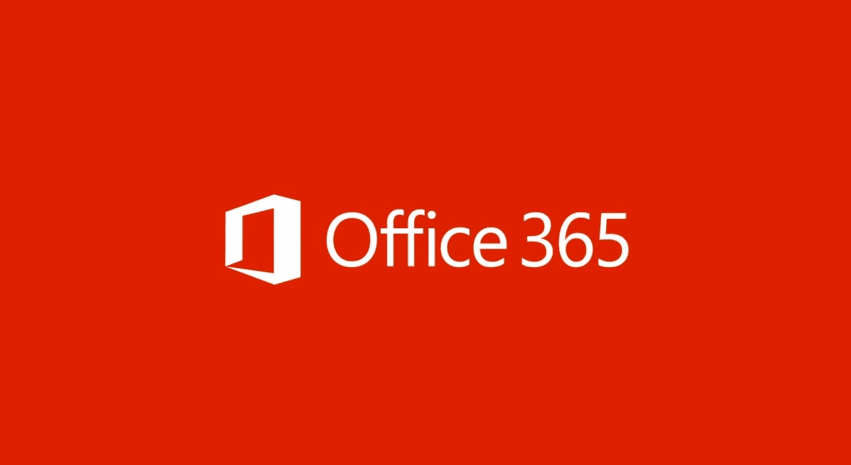First of all, what is Microsoft 365 dmarc? I’m sure you already know what Microsoft 365 means; it feels like part of our everyday language. The less commonly known part is DMARC. What does this mean? It actually stands for Domain-based Message Authentication, Reporting and Conformance. This may get you on the right track to understanding what it is but may not totally clear it up. To put it more simply, it is a way that people can determine whether an email they are receiving from you is authentic or whether they are the potential victim of a cyberattack. To understand how to use DMARC, we need to understand that for it to work, it needs two other authentication protocols in place that will prevent spoofing. Those things are SPF, or Sender Policy Framework, and DKIM, or DomainKeys Identified Mail. And for these to work, they use a DNS, or a Domain Name System. So, let’s work backwards to understand what all of these things mean.
What is a Domain Name System, or DNS?
If you are looking to find a site, you will need the IP address. A Domain Name System will locate the IP address from the domain name. It is a bit of a complicated process but when you search for a website, the Domain Name System gets the IP address for you, often having to search through various channels to do so.
What does Sender Policy Framework mean?
Sender Policy Framework means that TXT records are used to determine the IP addresses that are permitted to send out emails. All IP addresses are stored on the record so the ones that are approved are easy to find. By doing these checks, it is a quick way to determine which ones are approved. Once these checks are completed, if the server is happy that it is safe, the message can be sent on. If the checks find that there is reason for concern and the IP address can’t be found on the record, the message will not be sent on. Rather, there will be a process in place for failed to send messages, so this is the process it will follow.
What is DomainKeys Identified Mail?
Ever heard of a digital signature? I’m sure you have. Think of DomainKeys Identified Mail as that signature. By sending mail that has your own digital signature on it, the server will know that the message is safe and is actually coming from you. If someone is pretending to be you, they won’t have your digital signature and so the server can identify them as an imposter and stop the email going through.
If these things are in place, why do I need Domain-based Message Authentication, Reporting, and Conformance?
Don’t think of DMARC as a separate way to authenticate on top of these things. Think of it as a way of organising everything and of it being part of the same process. The truth is it adds Sender Policy Framework and the DomainKeys Identified Mail. By using DMARC, you can organise where things are sent and what is to happen with certain mail, for example, if you want something sent straight to your spam folder. You will also need DMARC if you are to receive reports on any times that the other systems have failed. Without DMARC, these other systems don’t provide full protection.
Also, everything we have discussed so far to do with these systems is the authentication process. But as we have already learned, DMARC stands for much more. So, it goes beyond what the other systems we’ve looked at, the Sender Policy Framework and the DomainKeys Identified Mail, can offer. DMARC also covers Reporting and Conformance.
How can I use Microsoft 365 DMARC?
We obviously have two types of email here. We have incoming mail and outgoing mail. Regarding incoming mail, the work has already been done for you. Microsoft have already taken care of everything, and it is already enabled on all incoming mail.
The area that can prove a little trickier is outgoing mail. But again, this isn’t always the case. If you aren’t using your own customised domain, then you won’t need to do anything else; Microsoft 365 will take care of this for you. As the name suggests DMARC is about domain-based authenticating. So, if you are using a customised domain or using exchange servers that are on the premises, then you will need to enable DMARC yourself for your outgoing mail. There are many step-by-step guides on how to do this available.
Summary
All of us have experienced high volumes of spam emails and attempted attacks on our emails over the years. It is an unpleasant part of using emails and unfortunately, if someone were to try and pretend to be you when sending emails, they can ruin your reputation, or that of your business. So, this is an important matter that should be looked into, especially if you are a business owner and have a reputation to protect with clients and customers.
While it is excellent if you use Sender Policy Framework and DomainKeys Identified Mail to help in combatting this, using Domain-based Message Authentication, Reporting, and Conformance will bring everything together and give you peace of mind while running your business, leaving you to concentrate on your customers and not those who would ruin your company’s reputation.
It is important you get set up as soon as possible so as to give your business the protection it needs. However, this isn’t the end of the matter. It requires maintenance once it is set up if it is going to continue running at its best for you and your company. If you have an IT team as part of your business, you may decide to assign that job to them. But not all companies do have an IT team. Rather than feel that you are at a disadvantage if this is the case, there are companies out there that can help not only with the set-up of these systems, but also with the ongoing maintenance. So, get your emails and your company’s reputation protected today.
You might also like
6 Marketing Tips for Your Small Business
7 Refreshing Twitter Marketing Strategies To Achieve Business Success










